How restoring an ancient reindeer forest could help slow climate change
For years Finland’s economy has relied on logging but now figures show that Finnish forests, once net-carbon sinks, became carbon emitters for the first time last year. Shira Rubin meets the woman trying to save these woodlands

Pauliina Feodoroff walks through one of the world’s last ancient forests, with lingonberries, wild mushrooms and reindeer droppings crunching gently beneath her dirt-caked boots. But her stride falters as she enters a clearing littered with tree stumps, limbs and branches. Chainsaws mowed down this section last winter, and now it’s off-limits for the hundreds of reindeer who once helped it blossom. Feodoroff – a member of the Sámi Indigenous group, a community that revolves around the reindeer and their habitats – wants to buy this land back, and summon the reindeer to return.
It’s part of a grand experiment to rewild the Arctic by regenerating the biodiverse latticework of reindeer habitats, which help regulate the planet’s temperatures. Quickly and quietly, 44-year-old Feodoroff is deploying dozens of Sámi negotiators to buy up strategic plots of land. She’s allying with conservationists and institutions to raise awareness about deforestation in reindeer habitats and is pushing to redefine these forests as falling under international jurisdiction, rather than national.
If Feodoroff succeeds, experts predict the repercussions will be global. Regenerating Finland’s northern taigas, part of a coniferous halo that spans 6 million sq miles across the northern latitudes of Eurasia and North America, would restore one of the world’s most potent shields against climate change.
“If we have one example of forest where we stopped its current damage, that now thrives, it will have a domino effect,” says Feodoroff, her gloved hand leaning on a centuries-old Scottish pine stump.
If negotiations go well here, Feodoroff’s team will start right away, essentially, doing nothing. They aim to take this forest out of production and allow it to return to its natural rhythms.
That is a radical idea in Finland, a country built on the timber industry that still boasts Europe’s largest swath of pristine forests and its oldest carbon sinks. It’s also a place where industrial-level deforestation has been growing.
For centuries, reindeer have been central to land maintenance. In life, their droppings, and in death, their carcasses, are nutrient-rich fertilisers that sustain the rivers, soil and trees that absorb greenhouse gases and prevent them from accumulating in the atmosphere. The animal’s digestive tracts – calibrated to sync with the harsh Arctic climate – fill with specific enzymes and bacteria that allow them to graze seasonal grasses, mosses and lichen, a stringy, highly nutritious algae-fungi composite that hangs in abundant wisps from the sturdy branches of ancient trees.
When the temperatures dip, the pads of their shovel-shaped hoofs shrink and their sharp rims emerge, enabling reindeer to dig lichen buried under the snow, and resulting in a kind of smooth mirror of white-covered ground. If too much lichen remains on the forest floor, it absorbs sunlight and warms the earth instead of having that light reflected back into the atmosphere.
If the reindeer ecosystems are lost, ecologists predict, the planet will heat up even faster and its carbon sinks will disintegrate. A report this year from the UN Intergovernmental Panel on Climate Change notes climate change has increased the vulnerability of reindeer herding “to the extent that its long-term sustainability is threatened.” It noted Arctic and sub-Arctic temperatures have already risen 2C in the past 30 years.
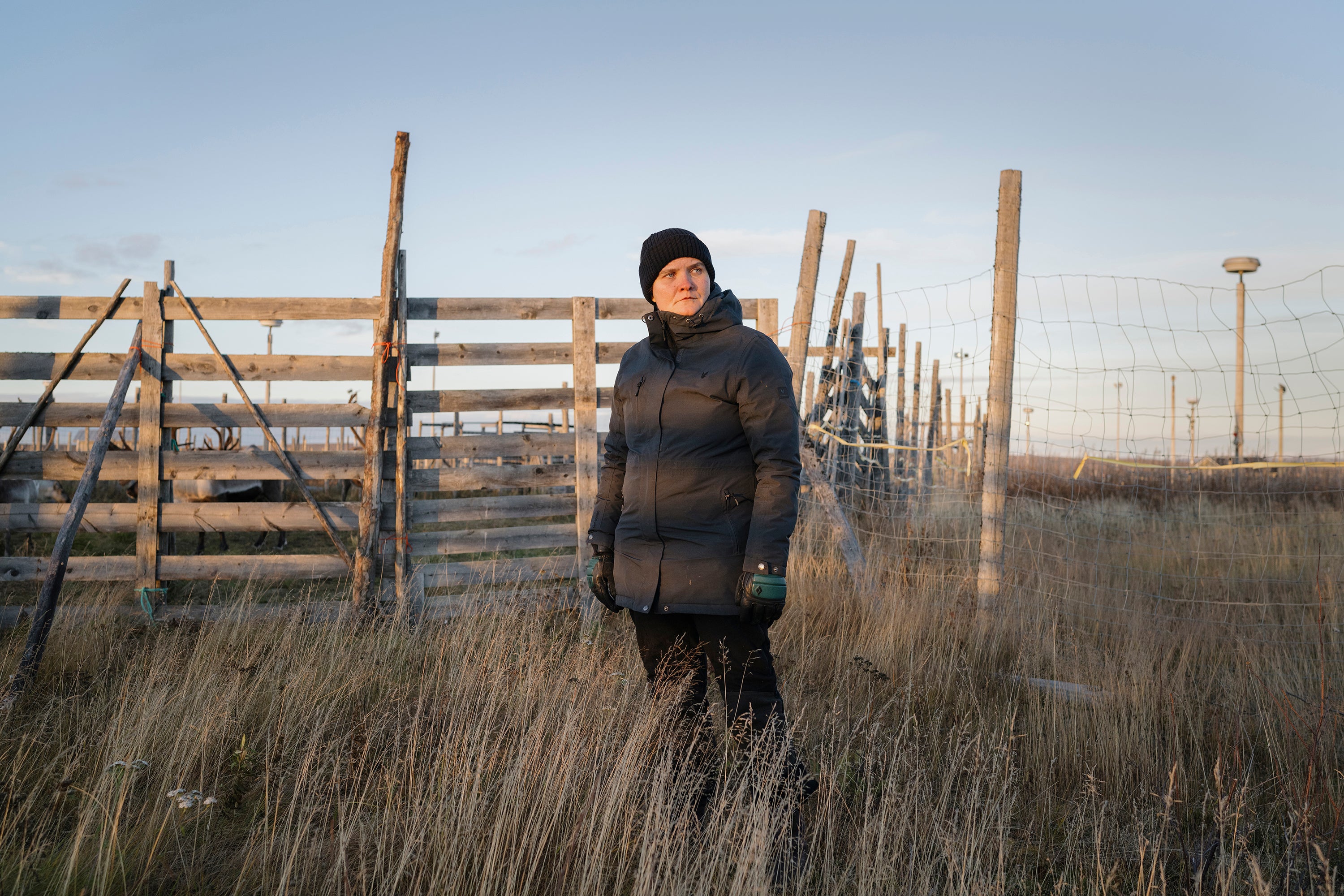
Sámi society would dissipate too. The community uses virtually every part of the reindeer for every purpose in their lives: fur and skin for clothes, blankets and tents; antlers for knives; meat – tartare’d, flash-frozen, air dried, smoked, brined and boiled – as a primary protein to survive the dark, cold winter.
It comes from a place of reverence – a notion that reindeer lead the way for humans, not the other way around, says Heikki Nikula, a Sámi friend of Feodoroff’s and one of Finland’s top chefs.
“Nature, the reindeer, they are king,” he says, preparing a dish of sliced reindeer heart.
Local resistance to deforestation has been growing, and new generations have been reviving reindeer husbandry traditions. Nikula’s cousins have recently started culling reindeer near home, rather than at a slaughterhouse. Before they’re knifed open, the reindeer eat hay and relax in the woods for four days, he says, which yields superior-tasting meat.
Feodoroff – a filmmaker, theatre director, community advocate and mother of two – is pushing to revive more of those practices, even as the animals are facing extinction. But to do that she’s been experimenting with the market economy – on the global art scene.
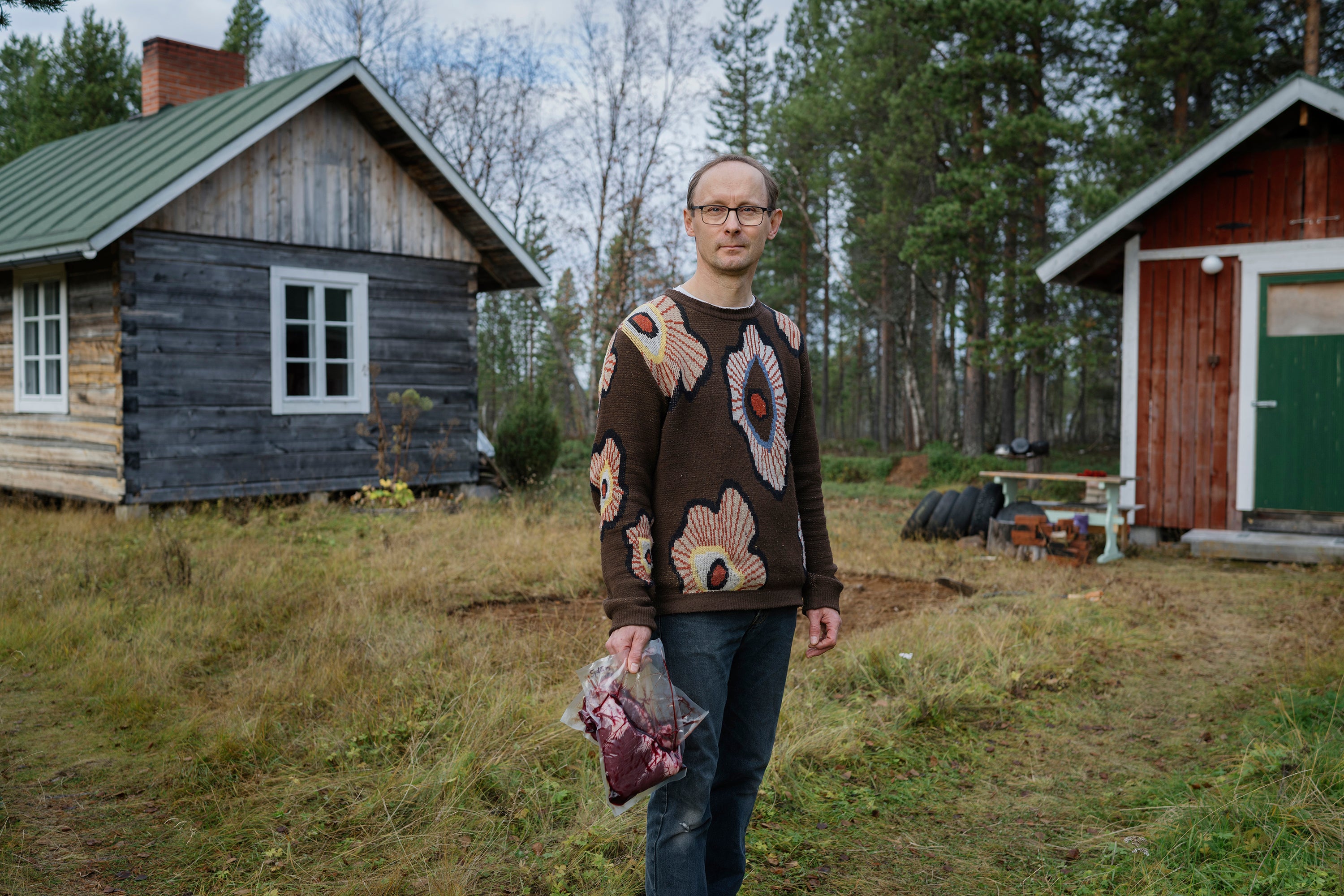
An invitation to present at the Sámi Pavilion at Venice Biennale in Italy sparked Feodoroff’s idea to use the world of global art to sound the alarm on Finnish deforestation two years ago. It was the first-ever forum for Sámi art at the world’s most prestigious art event. At first, she was unsure how she could represent the Indigenous community that numbers up to 140,000, mostly across the northern stretches of Finland, Sweden, Norway and Russia. Feodoroff sent clips of her work to Katya García-Antón, the Pavilion’s organiser, but asked if the spot should be given to an actual visual artist.
Eventually, Feodoroff realised this was a key opportunity for her cause: there was “money that’s just hanging around,” and a cultural zeitgeist she could leverage, she says.
“The museums of the world are scratching their head, thinking, how do we meet the climate crisis? There are these contemporary artists who make a plastic wave, which we can stare at, like, wow,” she says, sardonically. “And at the same time, they’re so confused about: how do we integrate Indigenous artists?”
Feodoroff has answered that question for them. She developed a three-act performance called Matriarchy, which involves a troop of female performers, including Feodoroff and her partner Hanna Parry, who introduce Sámi society and issue an immediate call to action: to save their culture along with the environment.
The climactic second act, “Auction”, beseeches its audience to bid for “viewing rights” to Arctic forests, to keep them out of harm’s way. The subject is the reindeer terrain; the medium is the performers’ bodies, voices and traditional dress and ritual items. The experience asks the audience to “gaze,” assume responsibility and, as a last, offstage act, crack open their wallets.
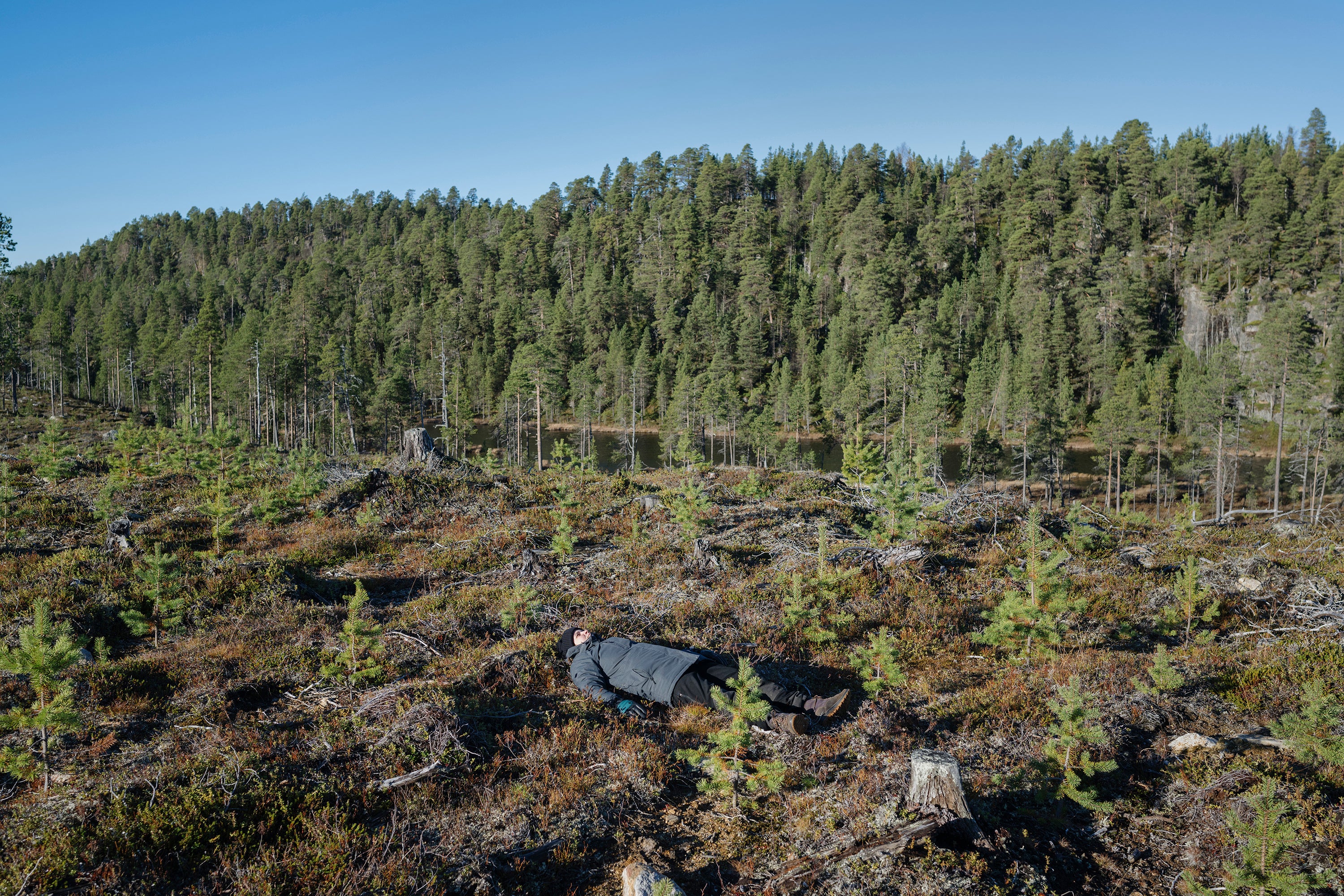
“We can say it’s a form of atonement,” Feodoroff says, almost whispering, at the top of the second act.
The first “auction” was to the Museum of Modern Art in Helsinki, for an undisclosed amount that enabled Feodoroff to buy about 100 acres of forest. Negotiations with five other institutions followed.
“It’s outrageous that we need to buy our own lands, to keep our way of living, to keep the carbon trapped in the ground,” she says. “But to influence Finland, you have to go through Venice.”
Many reindeer herders admire Feodoroff as an entrepreneurial maverick, a bridge between the modern capitalist society that’s endangered their way of life and the non-hierarchical Sámis, often more experienced in bartering than buyouts.
“Pauliina is one of those visionaries who sees more,” says Anna Morottaja, a Sámi musician who acted in Matriarchy. “She’s doing art and performances and conservation because that’s how we live our lives here; we learn to slaughter reindeer, to fish, to acquire many different skills. It’s a very Sámi way.”
Feodoroff and her partners at Snowchange, a nonprofit, joined with a network of scientists and Sámi reindeer herders to begin buying forestland four years ago. The group started with a €600,000 loan from the European Investment Bank and the Dutch environmental bank Triodos, then, soon after, got more than €1.2m from Finnish funds as well.
As climate change dominates the global agenda, funds continue to roll in. New donors over the past year include the Christensen Fund and the Google Foundation, which granted the group €1.25m, as well as trace-gas analysis machines – Ghostbuster-like mobile packs with ray guns – to measure CO2 and methane emissions in logged areas, and emissions sequestration in those that have been rewilded.
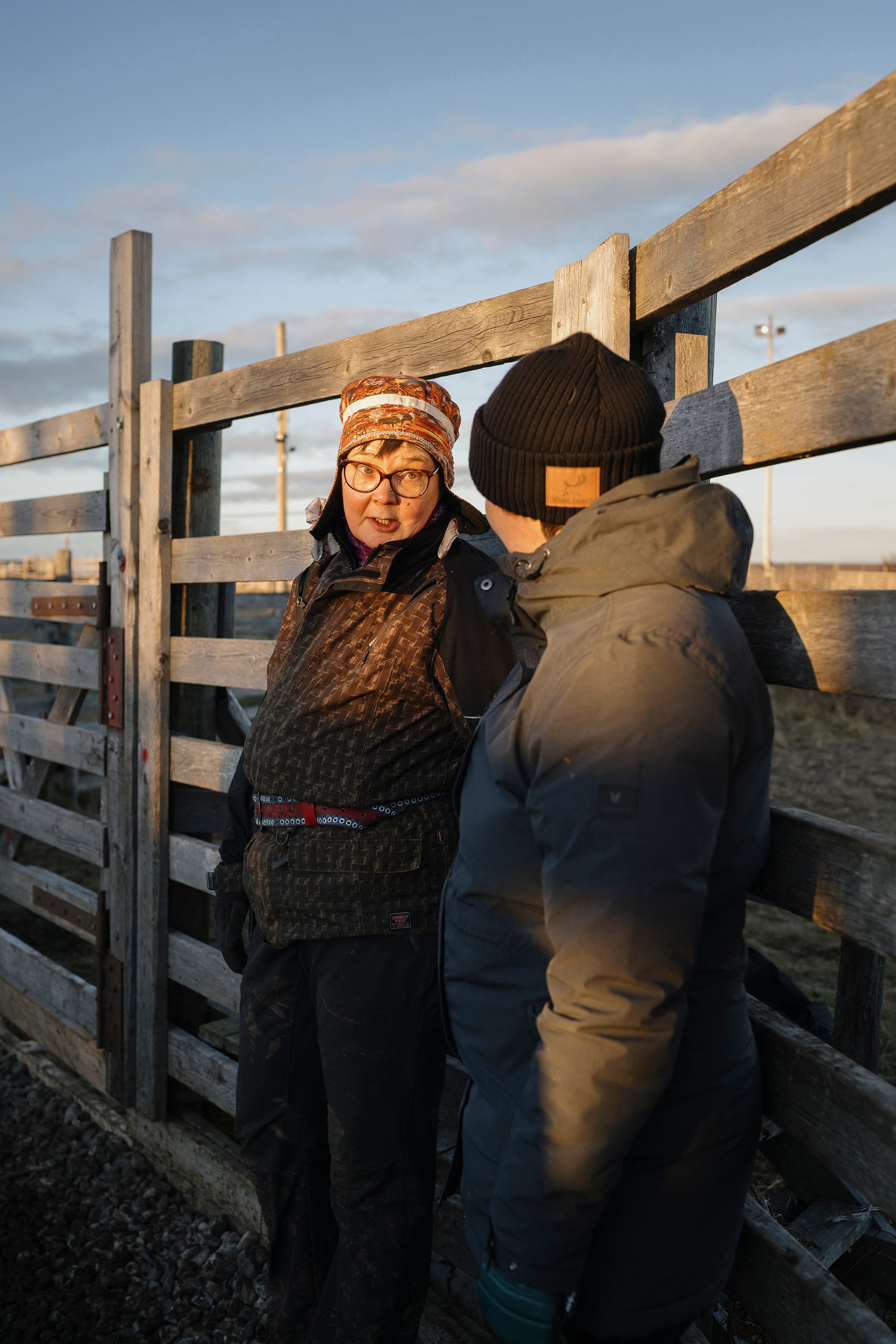
Feodoroff references that data in negotiations with landowners, which include young city dwellers – land inheritors who aren’t profiting from it, but want to do some good – as well as Sámi reindeer herders, facing uncertainties over the future of their livelihoods.
“Pauliina’s given us peace,” says Osmo Seurujärvi, a Sámi reindeer herder whose brother sold to Feodoroff after turning down a higher offer from a company planning to build vacation cabins on the land.
Feodoroff and Snowchange, who are rewilding about 125,000 acres, are the second largest landowners in the country, after the Finnish state.
Feodoroff has a quiet bearing and slow, measured way of speaking, which frustrates her in English, but feels like an advantage in Sámi dialects. She’s the daughter of a Sámi man, whose family was displaced from Russia, and a Finn woman, who moved to the North to work as a nurse in the 1960s, around the time that the region’s first roads were being built. Her father suffered racist bullying at school, where “teachers sought to wipe the native out of him,” says Feodoroff.
To protect them, he raised Feodoroff and her siblings as Finns – no reindeer herding, no traditional dress, no Sámi language.
Feodoroff only began discovering and embracing her heritage when she left home to study in Helsinki. There, her professors chided her for focusing on the reindeer and forests of her childhood. She longed to join her father, who, after years as a company man, had taken up reindeer herding.
When she showed up unannounced on the herding trail, after getting tipped off by his friends on his whereabouts, her father told her to go back to Helsinki. He was concerned about the violence that surrounded the trade.
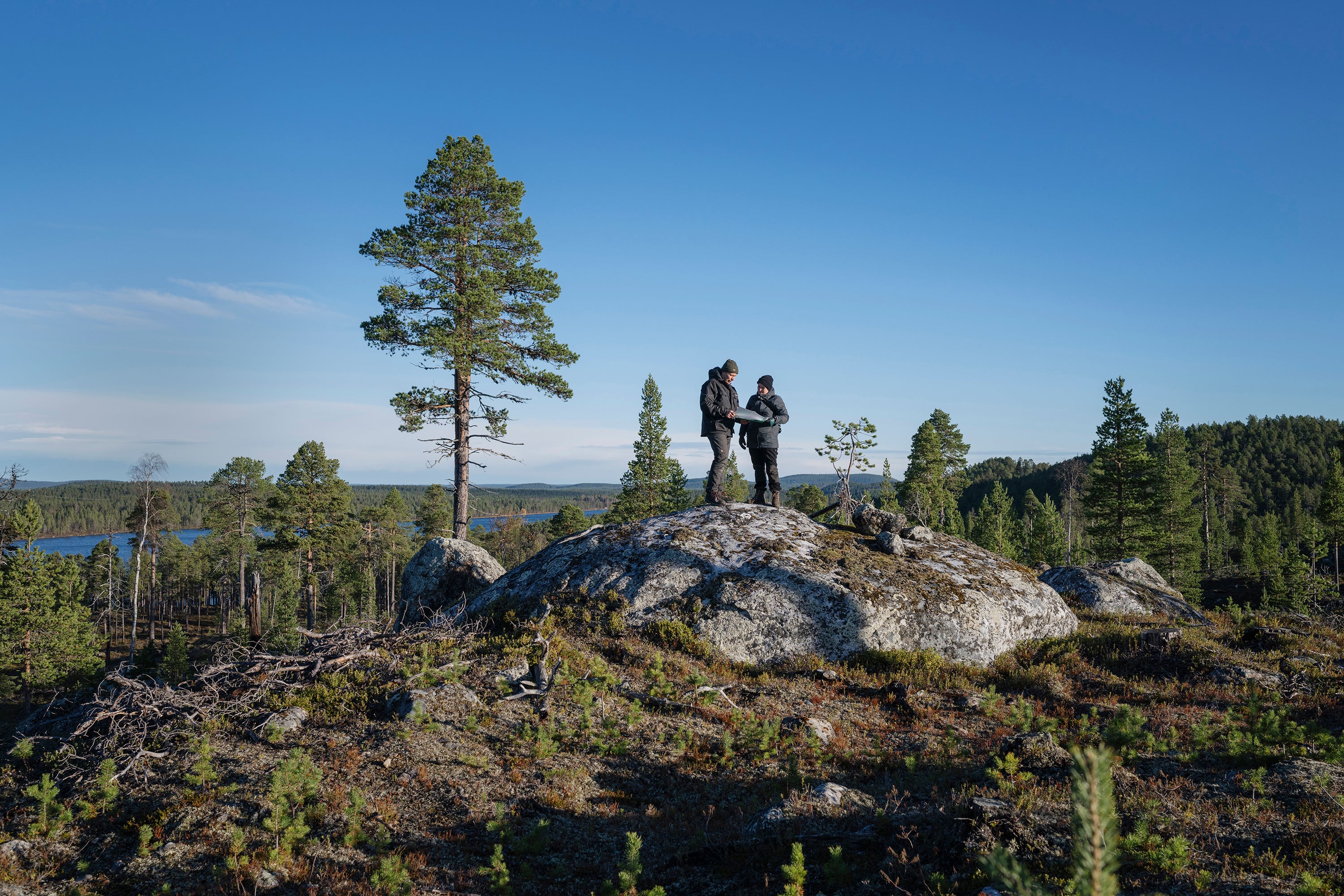
Feodoroff admits her father had a point. Her gear was too flimsy for the subfreezing temperatures. Attempts to wrangle the reindeer ended in injuries. In the coming years, she pivoted to a more immediate obstacle: logging.
In 2003, Feodoroff and a Sámi friend met with Sini Harkki, director of Greenpeace Nordic, in Helsinki, asking for help in thwarting state-backed loggers. Greenpeace was preparing to launch an international campaign to map northern Finland, locating the pastures vital to reindeer migration patterns. Metsähallitus, the state-owned logging company, was scanning the area as it sought to expand harvesting.
Feodoroff joined Greenpeace as it began supporting reindeer herders from a village called Nellim, who were suing loggers. The suit, which began in 2006, was bitterly divisive. A local shop banned reindeer herders and Greenpeace activists (it went out of business). Mixed Sámi-Finnish families erupted into fistfights. Lumberjacks assaulted Sámi reindeer herders and Greenpeace activists.
The fight was clearly not about just profit, “but about power, and racism,” says Feodoroff.
In 2009, the Nellim case was dismissed. But Greenpeace pressured the company’s clients abroad, citing UN conventions that classified reindeer herding as an Indigenous right. It marked the start of a strategy seeking to show that the land, recognised by the international community as critical to the survival of the Sámi population, did not necessarily belong to the state. Metsähallitus, pressured by its clients abroad to reach a resolution, offered to preserve around 90 per cent of the key reindeer sites for 20 years. Still, Metsähallitus raced to extract timber on other, “nonessential” sites.
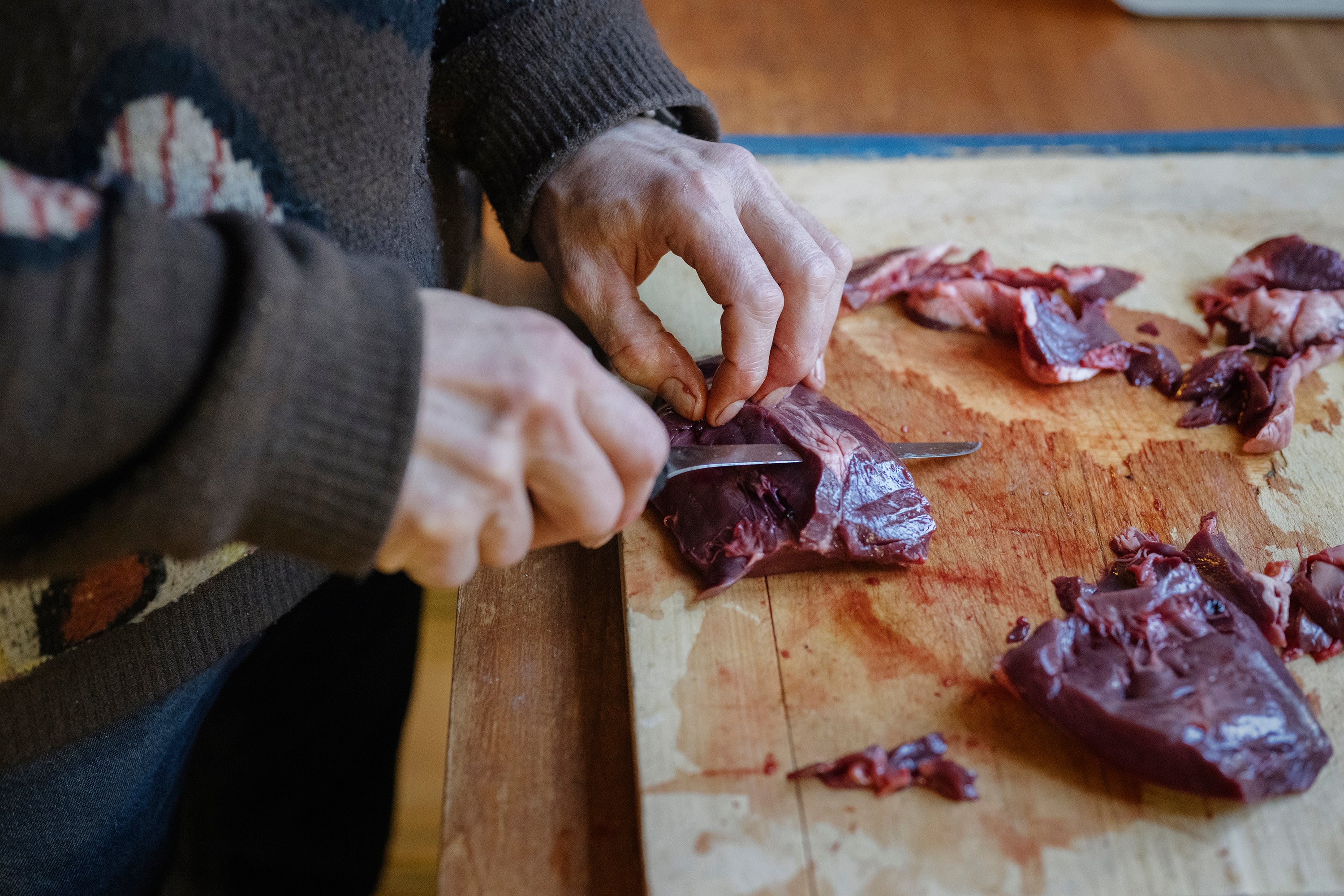
In response, Feodoroff and her partners doubled down on efforts to halt deforestation, scouting resources and leverage from abroad, and aligning their cause with legal agreements to protect biodiversity and Indigenous groups as defined by the European Union, the UN and other bodies. They used open data from Metsähallitus’ own deforestation projections, as well as publicly available satellite images from Nasa, the Sentinel space telescope and GPS-linked reindeer tracking collars, to start mapping to thwart deforestation. This data cartography activism later served as the basis for co-published reports with researchers at Nasa, studies of Arctic ice loss in the Smithsonian and interactive atlases with the Colorado-based National Snow and Ice Centre.
Ultimately, their findings proved what the Sámi had been claiming for decades: deforestation was ecologically catastrophic and only minimally profitable.
A third of the world’s landmass is forested – a steep historical decline, even if it seems like a lot. During the past 10,000 years, the planet’s original forest cover has decreased by nearly half. In Finland, the most heavily forested country in Europe, some 95 per cent of the woodlands have been logged or disturbed. As forests are stripped of their natural defences – rivers, trees and peatlands that sequester carbon, reindeer that keep the systems in check – they are also becoming more vulnerable to rising temperatures. The Arctic Circle, according to recent studies, is warming nearly four times faster than the rest of the world.
“These are the last pristine ecosystems,” says Tero Mustonen, president of Snowchange. “If we lose them, we lose species that we don’t even know about yet.”
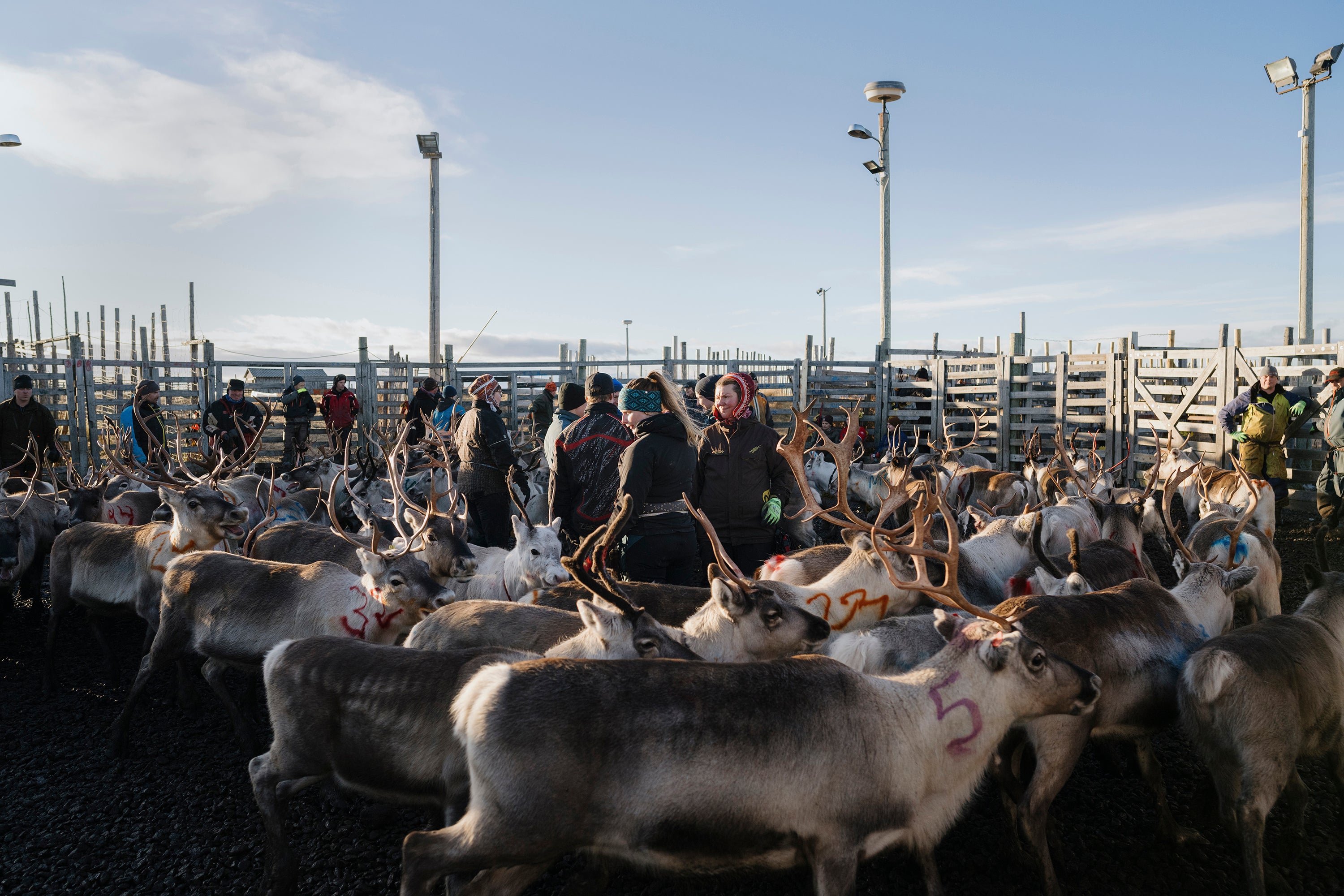
And despite Feodoroff’s headway, she’s still facing a powerful logging lobby in Finland’s Parliament. Atte Harjanne, chairperson of the Green Party, says that even as scientists warn that logging degrades Finland’s once-robust carbon sinks and fragile ecosystems, discussions to limit the practice remain taboo.
“It’s unpatriotic to question logging, it’s so deep in our identity,” he says.
Lacking lucrative oil resources, Finland converted its timber into wealth during the post-Second World War years, exporting pulp as a raw material for paper. But even as digitisation has shrunk the paper industry, Finland’s logging industry has expanded. Metsähallitus, the state-owned logging enterprise, plans to cut nearly 2,500 acres, including 750 acres of old-growth forests. Figures from Statistics Finland show that Finnish forests, once net-carbon sinks, became carbon emitters for the first time last year. As the EU scrambles for alternatives to Russian oil and gas, it is also allowing Finland to designate wood biomass as a carbon-neutral energy source, despite findings that burning wood is worse for the atmosphere than coal.
“From a national, economic point of view, you have to cut less,” says Jarmo Pyykkö, an environmentalist who has helped Feodoroff survey and purchase lands for over two decades. “Because it’s so strong, the logging sector is making all the others pay for the climate.”
Feodoroff says she wants to correct a widespread misconception: that wood is free, and its supplies nearly inexhaustible. Her “auctions” are symbolic, she says, seeking to “reframe the worth” of the trees, reindeer and natural environments that are priceless.
“It’s like the emperor’s new clothes. I’m selling nothing, but if we can make a deal to protect our reindeer, our forests, then I don’t care about anything else. We don’t take money from mining companies, but our thinking is, really, whatever works,” she says, sipping tea at her kitchen table, her phone blowing up ahead of her final Venice performance in October.
© The Washington Post




Join our commenting forum
Join thought-provoking conversations, follow other Independent readers and see their replies
Comments